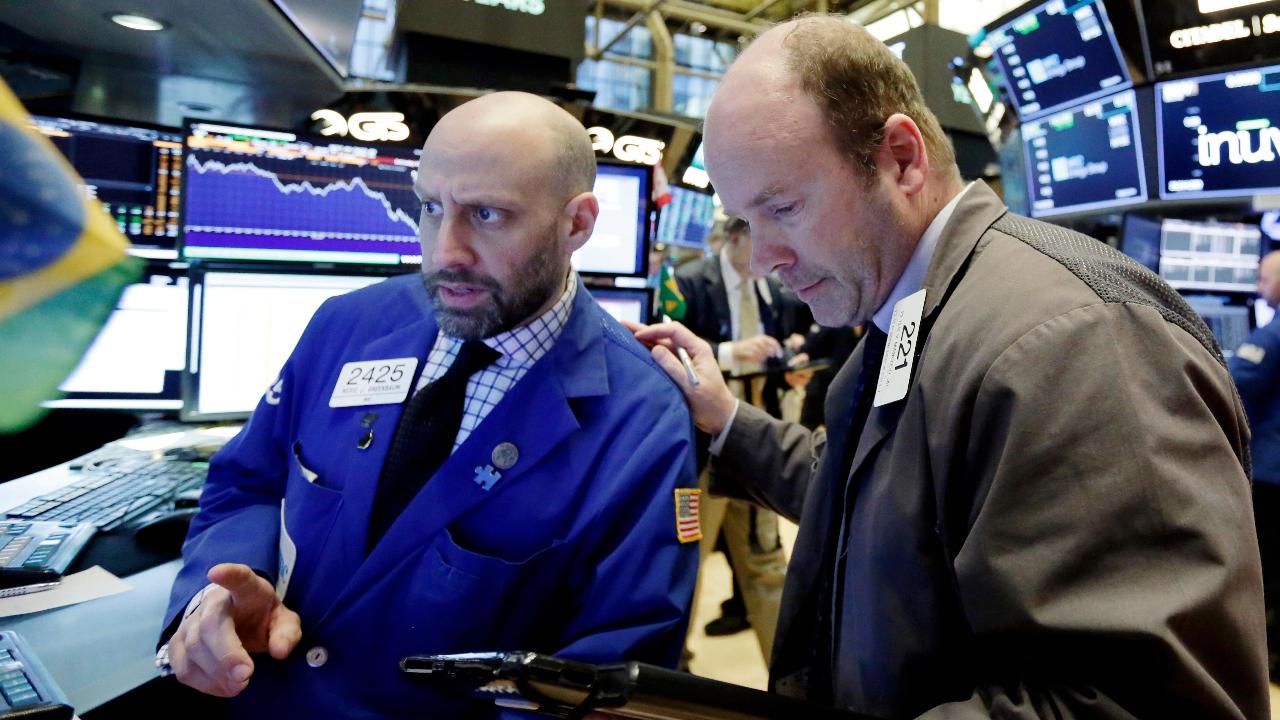A record bull market, what it means for you
On Wednesday, the S&P 500 reached the longest U.S. bull market in history, and as this bull market ages, calls that it could be running out of steam are heating up.
Still, for those who invested in the market when it was at or near its low, that means huge returns.
This bull market run has lasted almost 3,500 days, counting March 9, 2009, as the low. On that date, the S&P 500 was at 676 points. On Tuesday, the day before the potential milestone, the S&P 500 was trading around 2,866 points – just shy of its record high of 2,872.57 points reached in January.
According to Reuters, the S&P 500 rose more than 320 percent over this period, equivalent to an average annual return of a whopping 32 percent over the course of the bull market.
Depending on what stocks were invested in, returns could be significantly higher, or lower, but a look at the top gainers and losers shows that the rewards were far bigger than the risks.
The top-gaining current S&P 500 stocks, through Tuesday, according to data providd by The Wall Street Journal Markets Data Group, in this bull market run are: GGP Inc – shares up 7,296 percent; Abiomed – shares up 7,034 percent; Netflix – shares up 6,060 percent; AlignTech – shares up 5,552 percent; and Ulta – shares up 5,509 percent.
While there were some major gainers, there were also some laggards. But, the value of the share retreats of the bottom five were miniscule compared to the major gainers.
The five biggest losers of this bear market rally were Mosaic – shares down 26 percent, Apache – shares down 17 percent, Newmont Mining – shares down 16 percent, Freeport-McMoRan – shares down 11.4 percent and First Energy – shares down 0.5 percent.

